Please note this website was created for the 2015 General Election. Due to the lack of preparation time, we have not updated this website for the 2017 Election. Why?
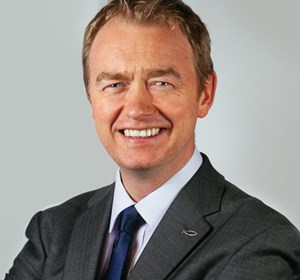
FOUNDED1988
PARTY LEADERTim Farron
LEADER SINCE
COLOURYellow/Orange
MEMBERSHIP44000
MP'S56
WEBSITE: http://www.libdems.org.uk/
HEADQUARTERS: 8-10 Great George Street
London
SW1P 3AE
IDEOLOGY: Liberalism,Social Liberalism
POSITION: Centre
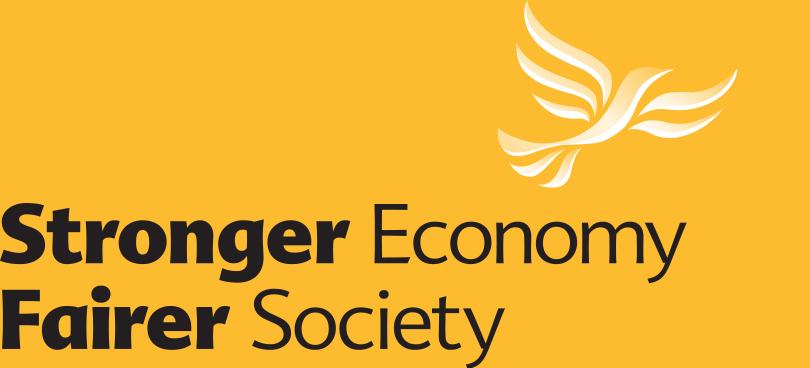
Socially liberal and progressive; strongly support democratisation of the political system. Promotes modern liberal values; opposing what some pen the 'nanny state', while supporting the welfare state for the basic necessities of life. The party's main two branches are the social-liberal grouping, and the dominant 'Orange Book' grouping. Source: Wikipedia
Founded in 1988 after the Liberal Party and Social Democratic Party (SDP) merged, the Liberal Democrats are currently the third-largest political party in the UK in both number of seats in Westminster as well as the total number of councillors.
Their origins can be traced back to 1859 when the Liberal Party were formed from the Whigs, Peelites and Radicals.
The first leader of the Liberal Democrat party following the merger between the parties was Paddy Ashdown, who was elected in July 1988, and although they performed poorly at the 1989 European Elections, over the next 13 years they grew in popularity, reaching 17.8% of the vote, as well as 20 seats in Westminster.
In the 1997 general election they doubled their representation in parliament, gaining 46 seats, and in the 1994 European Elections gained their first two MPs in the European Parliament.
After Ashdown retired as leader in 1999, Charles Kennedy was selected to replace him, whereupon the party improved on their previous successes, increasing their number of seats to 52, and their share of the vote to 18.3 per cent. This was mainly due to their stance on populist issues, such as their opposition to war in Iraq, support for civil liberties, and electoral reform.
Their highest share came after the 2005 general election, when they took 62 seats in Westminster.
Sir Menzies Campbell won the leadership of the Liberal Democrats in 2006 following a controversial leadership campaign, but lost his position in the following year when Nick Clegg became the party's fourth leader.
Council elections in May 2012 saw the party lose in excess of three hundred councillors, which left them with less than 3,000 in total, the first in their history, and membership fell by approximately 20%. In the 2014 local elections, the Liberal Democrats lost 307 council seats, and ten of their eleven seats in the European Parliament.
Browse more information about the liberal democrat party and read about their members, policies, or read news.
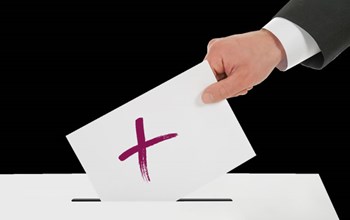
Information about what to expect at the general election 2015, including timetable of events, results and guides.
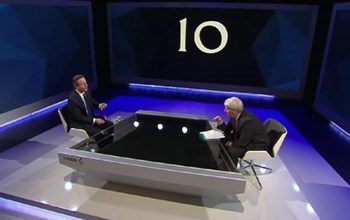
Watch political debates, party political broadcasts, PMQ's and interviews with party candidates and MPs.
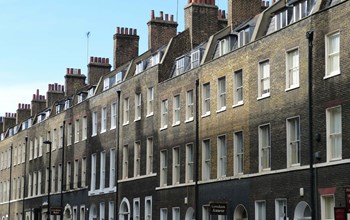
How does your city compare with others across the UK, including population, employment and earnings.
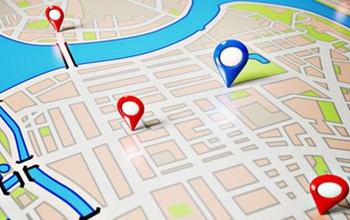
Find out more about your local constituency, including local information, polls and MPs.